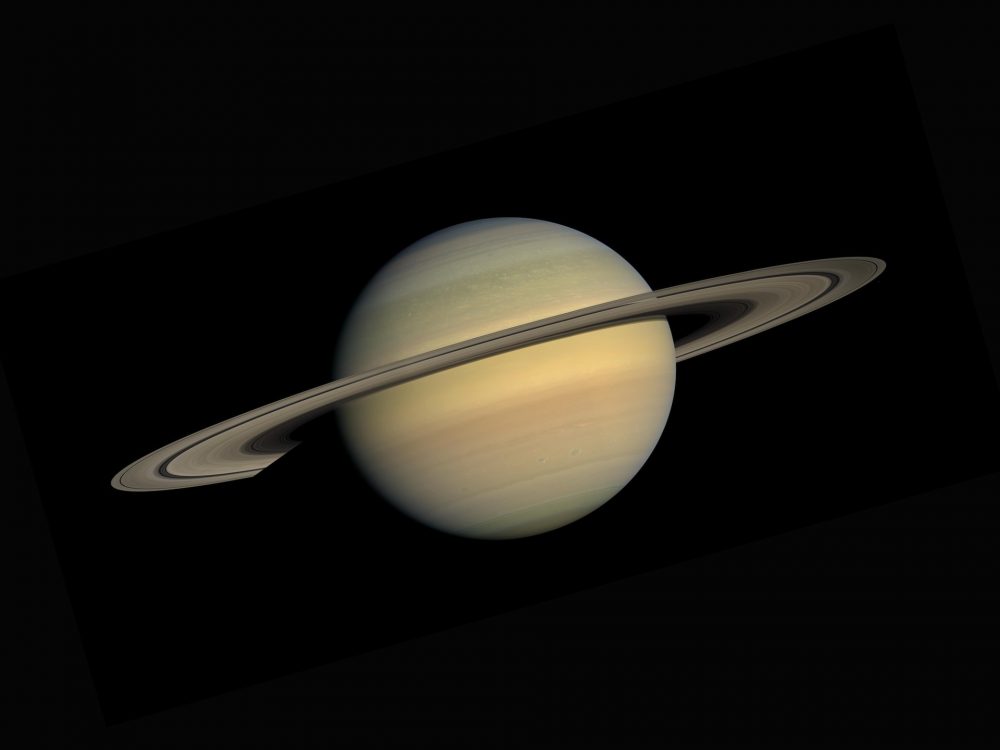Some Physics Experiments That Holistically Changed Our Views Of The Universe

NASA / Unsplash / There are certain experiences that proved that previous beliefs about the universe were wrong.
Science is evolving day by day. Every now and then, there is a new discovery that diminishes the previous beliefs through and through. It does not mean that the previous beliefs were wrong. What it really means is that science is flexible, and the way the universe functions is pretty complex and ever-changing. That is why it is plausible that an existing belief is debatable.
This means the existing worldview can be challenged by a new discovery. Essentially, this is the essence of science. In science, there is no absolute truth. Everything is debatable. If there was a widely believed worldview, it is possible that it can be challenged – and proved wrong – after new discoveries. This flexibility is the core essence of science which makes it unique among all disciplines.
Take the law of gravity as an example. According to Albert Einstein, the law of gravity is a natural force of the universe, and it only exists on the planet earth. Thus, if you throw a ball in the air, it will fall downwards. Why, you ask? Because of the natural force of the universe – called gravity. On the other hand, if you throw the same ball in the air, it will not fall back down. Why? Apparently, because there is no gravity.
However, this belief was later changed by physicists after Einstein. They proved that gravity is not a natural force. Rather, it is something that took place billions of years of the creation of the universe. Although these physicists did not provide enough evidence to back this novel belief, this is what we have got about gravity today. Now, this latest view is widely believed across the world.
Thus, this is just one epitome of the flexible nature of physics. Here are some other new worldviews that were discovered in the late 20th century:
The Earth is the Center of the Universe

Previously, it was believed that the earth revolves (clockwise) around other planets. This means that the earth can not be at the center of the universe. Instead, it was believed that the Earth is somewhere in close proximity to other celestial bodies like the moon, Jupiter, etc.
Nonetheless, this novel belief has also unveiled that the earth does not ‘rotate’ around other planets. Instead, it ‘moves’ in circle rounds from the center of the universe. There is ample evidence to back this worldview.
Newton’s View of the “Nature of Color” is no More Relatable
Another discovery in physics that changed our worldview is the “Nature of Color.” Isaac Newton presented a thorough view of the way colors function. He believed – and proved with experiments – that colors are nothing more or less than mere optics. This view was accepted for centuries.
However, this view was challenged in the 17th century with a whole new perspective. Like it or not, we have got to accept it.
